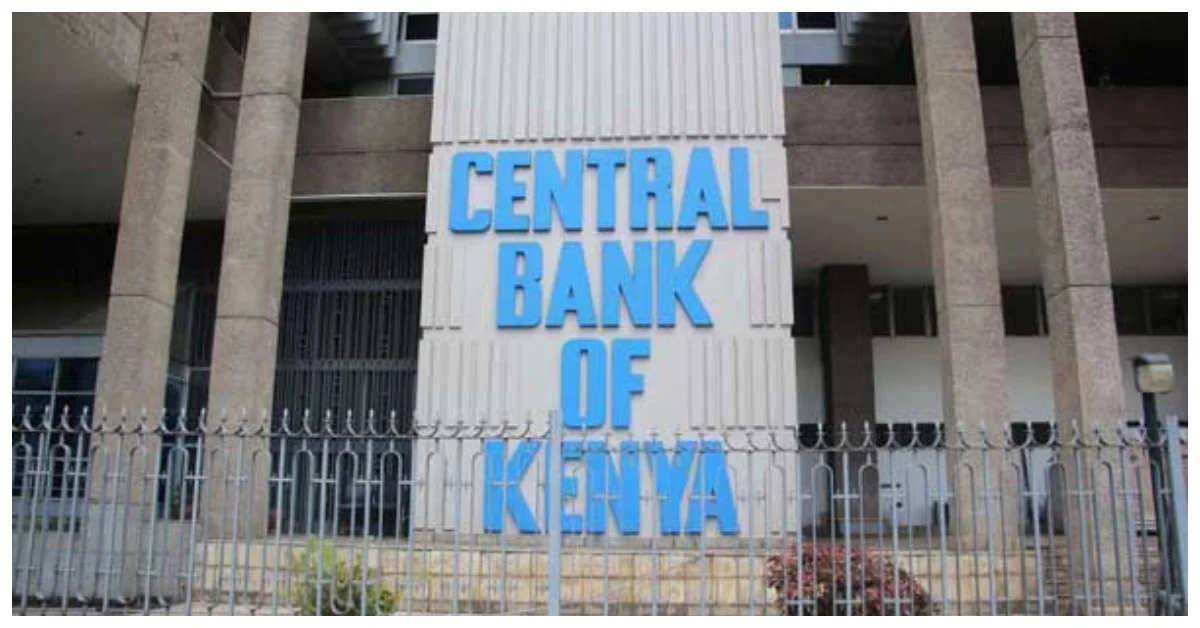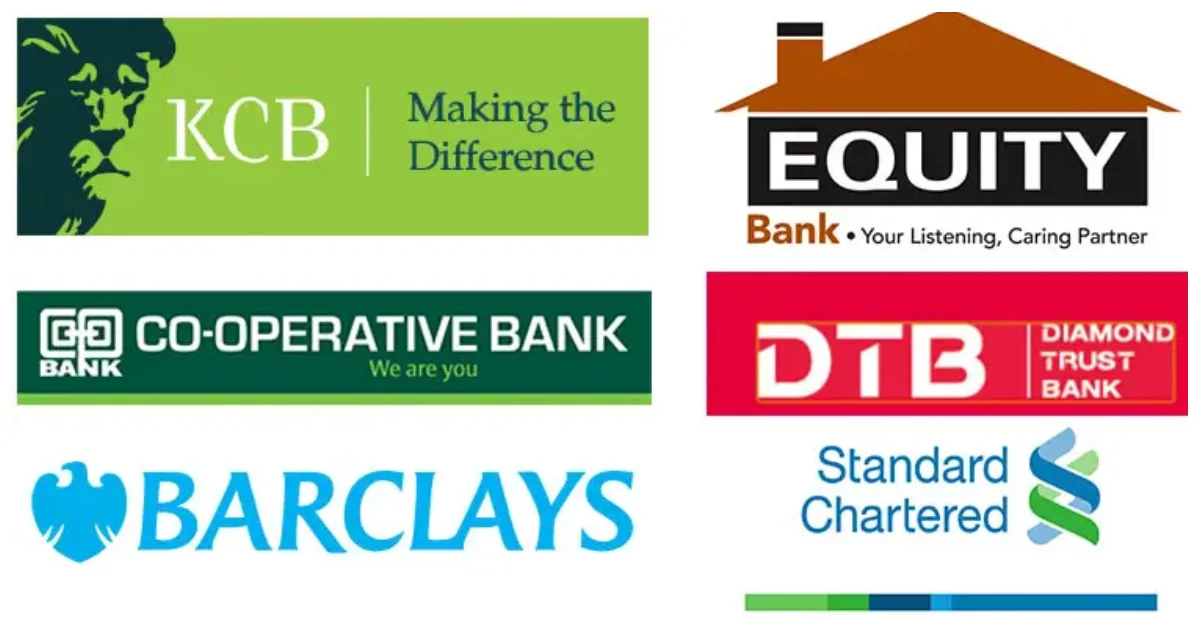Kenya’s commercial banks are facing a significant change in their financial situation as their loan books have shrunk for the first time in 20 months. This decline signals a slowdown in issuing new loans, coinciding with a rise in loan defaults, which reached Ksh586.2 billion by the end of July.
Data from the Central Bank of Kenya (CBK) reveals that the gross loan book dropped from Ksh3.98 trillion in the previous month to Ksh3.975 trillion in July. This marks the first decrease in the loan book since December 2021, reflecting the challenges faced by lenders and broader economic trends according to a report by the Business Daily.

Private sector credit growth, a key economic indicator, has also slowed down. In July, the growth rate eased for the third consecutive month to 10.3 percent, the slowest rate in 17 months since February 2022 when it was at 9.2 percent. This slowdown aligns with the shrinking loan book and emphasizes the difficulties banks face in extending new credit.
The reduction in the loan book suggests that repayments have become less than the issuance of new loans, happening as lenders grapple with increasing defaults. Gross non-performing loans, representing loans on which interest and principal payments have not been made for at least three months, surged to Ksh586.2 billion in July, marking a significant Ksh10.1 billion increase from the previous month.
This surge follows a troubling trend of rising defaults, which continued for five straight months until May when it peaked at Ksh592.6 billion before slightly dropping to Ksh576.1 billion in June.
Read Also: High-Interest Rates from Banks Hits Big Companies
Borrowers have defaulted on approximately 14.7 percent of the Ksh3.975 trillion in loans that banks had issued by the end of July. In response to this growing default risk, banks have increased their provisioning for loan defaults. In an economy dealing with rising interest rates and increased government deductions, borrowers’ ability to pay off their loans has been negatively affected.
Banking institutions have seen a steady increase in their weighted average interest rates, reaching 13.5 percent in July, the highest level since March 2018 when it was at 13.49 percent. While higher interest rates result in increased interest income for banks, the need for higher provisioning for loan defaults has led to higher operating expenses.
This, in turn, has impacted the profitability of these financial institutions, with pre-tax earnings for the first seven months of the year totaling Ksh142 billion, marking a rare decrease from Ksh142.3 billion during the same period the previous year.
Subscribe to our You Tube channel at Switch TV.
The recent reduction in the loan book of Kenyan commercial banks, along with a surge in loan defaults, highlights the challenges facing the banking sector. As lenders navigate the fine line between extending credit and managing risk, the broader economic landscape, including rising interest rates and increased provisioning for loan defaults, continues to put pressure on their profitability.
















